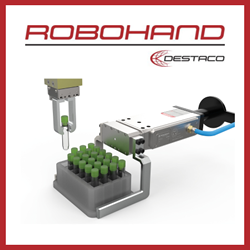DENSO and Toshiba to Collaborate on IoT-based Manufacturing, Advanced Driver Assistance, Automated Driving, and Others
The collaborations aim to combine DENSOs high level of technology and manufacturing capability accumulated through its experience in the automotive market and Toshibas image recognition, IoT, artificial intelligence (AI), and software development technologies, in order to increase the competitiveness to make it through the paradigm shift that is taking place in the automotive industry.
KARIYA, Japan & TOKYO--(BUSINESS WIRE)--DENSO Corporation and Toshiba Corporation today announced that the two companies have begun talks to enhance collaborations in the fields of Internet of Things (IoT)-based manufacturing, advanced driver assistance, automated driving, and others.
The collaborations aim to combine DENSOs high level of technology and manufacturing capability accumulated through its experience in the automotive market and Toshibas image recognition, IoT, artificial intelligence (AI), and software development technologies, in order to increase the competitiveness to make it through the paradigm shift that is taking place in the automotive industry.
In the fields of advanced driver assistance and automated driving, DENSO and Toshiba have jointly developed AI technologies used in image recognition systems. Moreover, the two companies have worked together in a wide range of areas including the development of automotive lithium-ion battery packs and software for ECUs used in automotive components.
DENSO and Toshiba will collaborate more closely in fields where they can share their visions and speed up the development of technology.
Featured Product

